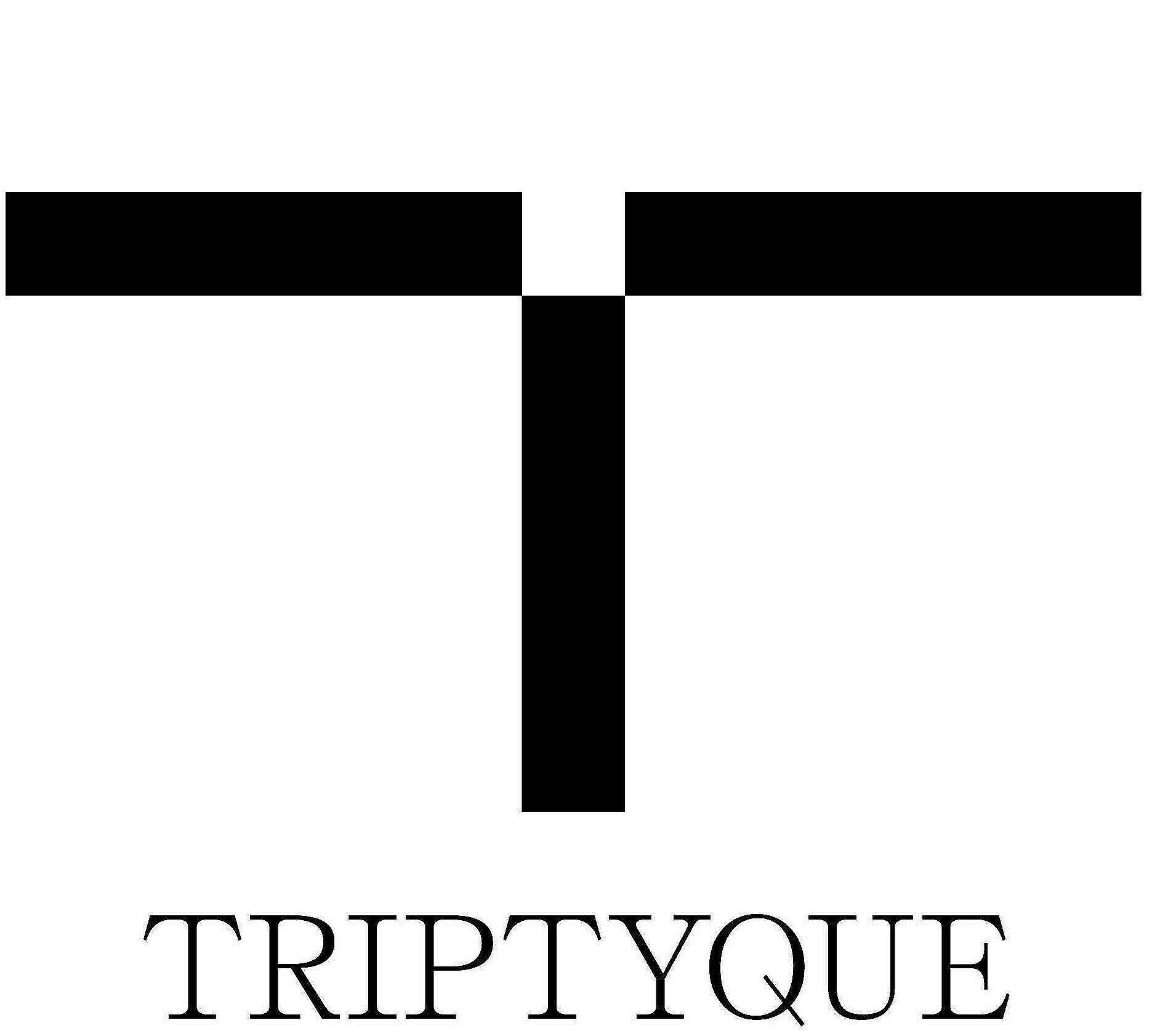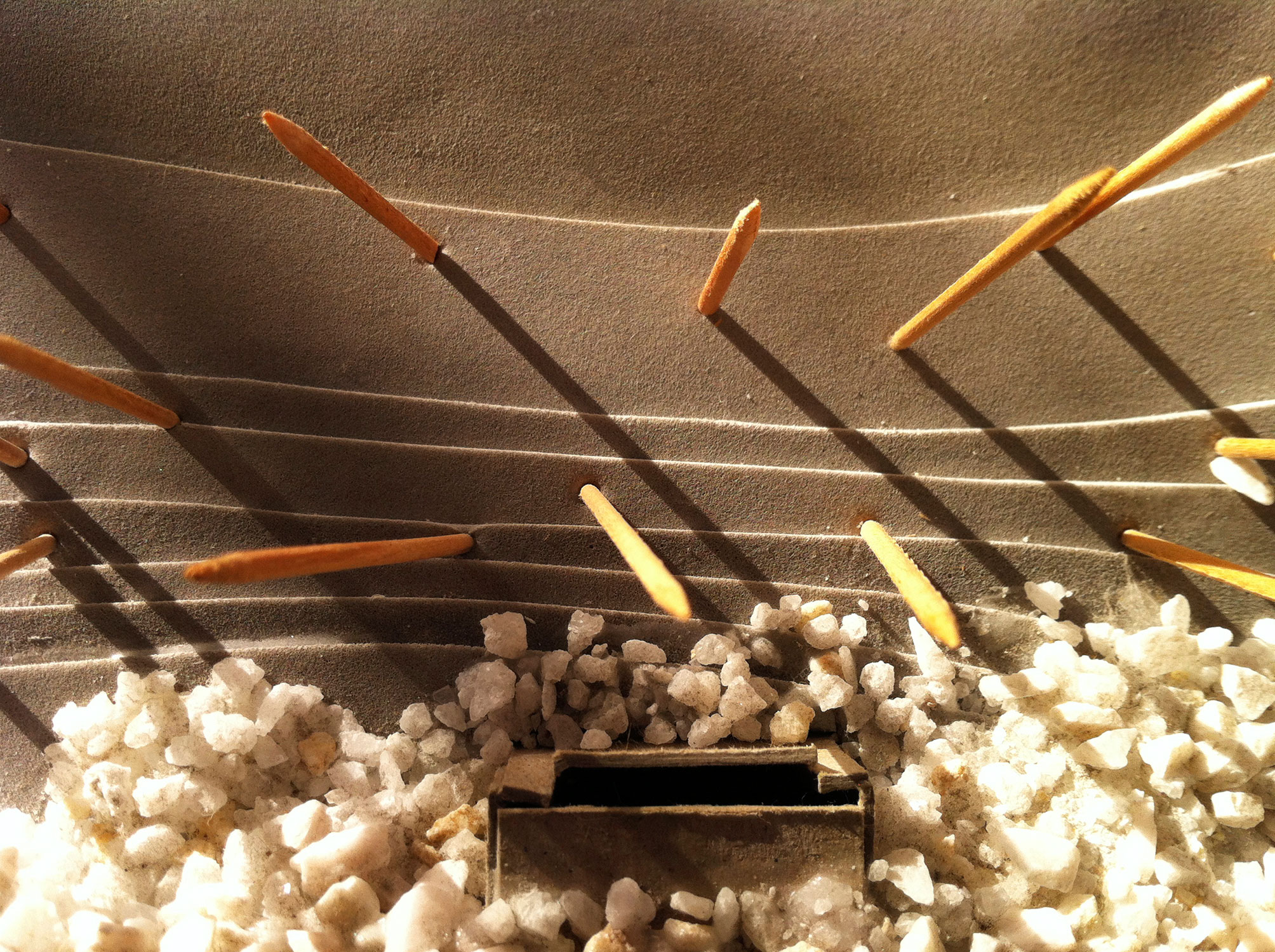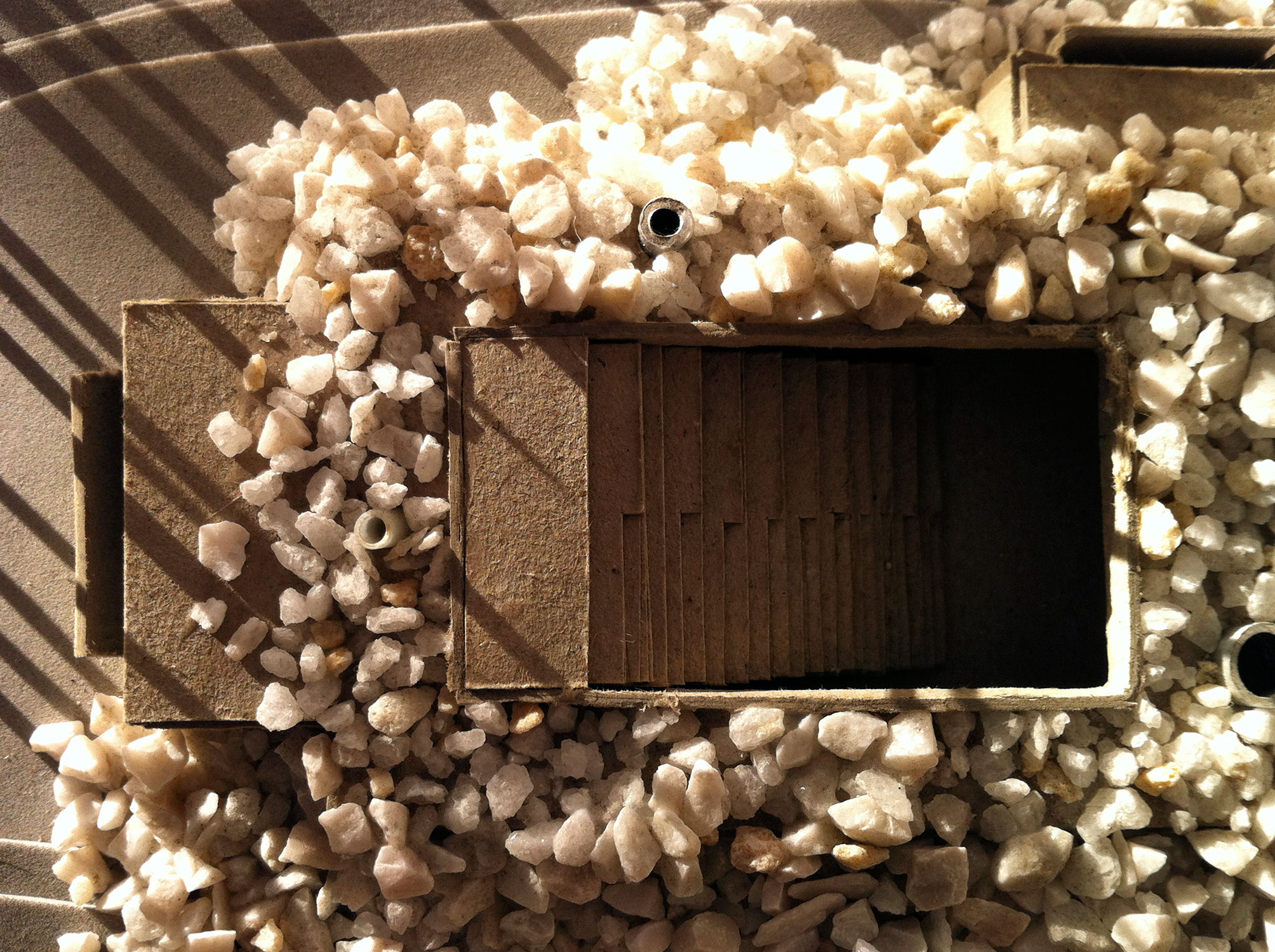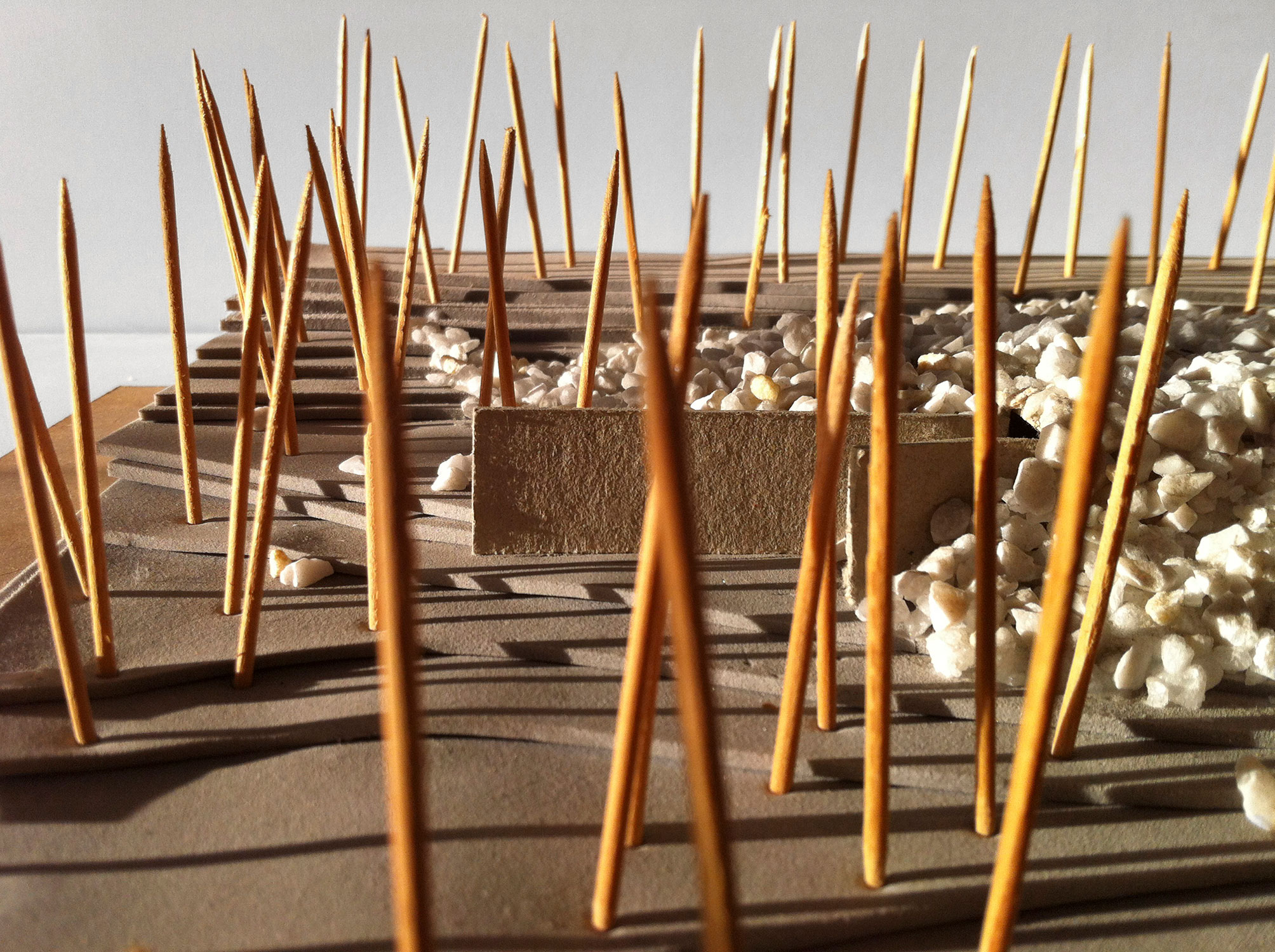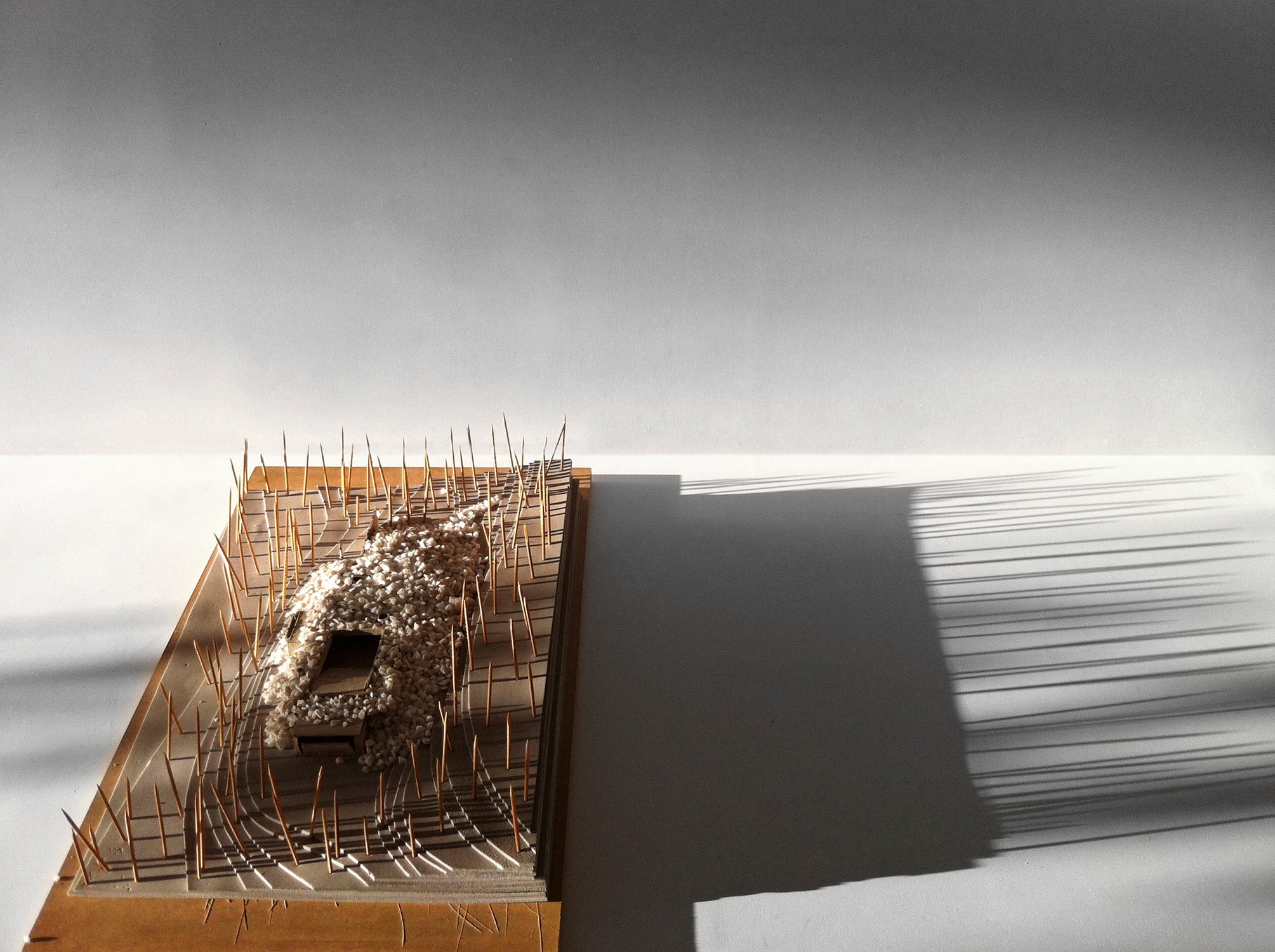 The Inhotim Cultural Institute, located in the heart of the Mata Atlântica from Minas Gerais, is one of the new high places dedicated to contemporary art. Designed by Burle Marx, the botanical garden with hundreds of hectares hosts twenty pavilions and a collection of over 700 pieces of art and installations. Nature and art are in harmony and make this place the most important art center in Latin America.
The Inhotim Cultural Institute, located in the heart of the Mata Atlântica from Minas Gerais, is one of the new high places dedicated to contemporary art. Designed by Burle Marx, the botanical garden with hundreds of hectares hosts twenty pavilions and a collection of over 700 pieces of art and installations. Nature and art are in harmony and make this place the most important art center in Latin America.
The Visitors’ Center is part of the project “Interpretation path of Inhotim Center”, a 30-minute walk during which visitors are invited to reflect on the history and environment of the region. It structures the gallery and mountain trails circuits. The place chosen for the implantation is an old quarry where the mechanical work for the extraction of stones Canga – 70% iron – has modified the natural relief. The building proposes the artificial reconstruction of the landscape using the extracted material at its natural – stones of up to 1 meter in diameter – and transformed – steel – state. The gabion technique uses steel to structure the stone and shapes the space. The roof also in gabion, supported by metal beams simply placed over the sidewalls, is partially permeable to rainwater, air and sunlight. The ground is raw, the perception of space changes according to the temperature and humidity, the place takes the form of a primary shelter, powerful and Spartan. Visitors are invited to take a break and prepare themselves for the continuation of the visit.
The simplicity of the result comes from the balance between the built and natural shelter space, suggesting a reflection on the relationship between man and environment, construction and architecture. The building, with no foundation, no doors, and no air conditioning was designed under a constant search to reduce its impact on the environment. It is self-sufficient in water and electricity.
Model exposed at the Georges POMPIDOU permanent collection.
Project manager: Paulo Martins, Tiago Guimarães | Credits: Leonardo Finotti
